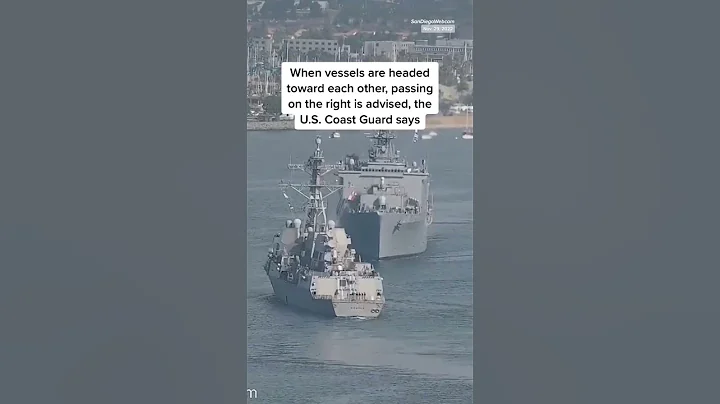The U.S. Navy recently completed the third full-ship impact test of the USS Ford aircraft carrier, detonating 40,000 pounds of explosives on the right side of the aircraft carrier. The previous two full-ship impact tests were conducted on July 16 and June 21 respectively.
The "Defense News" website reported on August 9 that the U.S. Navy completed the third full-ship impact test of the "Ford" aircraft carrier on August 8. U.S. military officials said the test resulted in no casualties among aircraft carrier personnel and that the damage caused by the explosion was less than expected.

Pictures of the third full-ship impact test of the "Ford" aircraft carrier
Reports said that the full-ship impact test was conducted off the coast of St. Augustine, Florida, and 40,000 pounds of explosives exploded "near the starboard side" of the new aircraft carrier. . The force of the explosion was recorded as equivalent to a magnitude 3.9 earthquake, but the carrier's captain, Paul Lanzlotta, said the damage caused by the explosion was less than expected, with no casualties and no reports of marine mammals being affected. .
"It's clear to me that we've added some items as part of the planned incremental availability (maintenance period) and we're really preparing for that. There isn't any additional work in the reports I've seen so far." Lan Zlota also added: "We do have some things damaged, and we will repair it."
Rear Adm. Jim Downey, the U.S. Navy's aircraft carrier program executive officer, previously said that the U.S. Navy initially expected that after a series of on-site explosions, More work needs to be done, and the carrier will remain in the shipyard for longer periods of time. However, after careful review, Downey said that after the second full-ship impact test on July 16, the department had revised its predictions on these maintenance measures. "We appear to be still within the expected maintenance scope."
reported that during the ship-wide impact test, a small boat towed 40,000 pounds of explosives and dropped them into the water near the aircraft carrier. The U.S. Navy will dispatch marine mammal search teams to ensure that there are no protected animals nearby. The bombs would then be detonated, first farther away from the carrier and then closer each time. In the aftermath of the explosion, crews will need to conduct damage control, look for any signs of leaks or fires, and check combat and ship systems to ensure any offline equipment can be restored quickly.
"Ford" aircraft carrier Captain Lanzlotta said that the crew will carefully inspect various systems and subsystems in the next few days, and then will check the aircraft carrier's sailing capabilities to ensure that the aircraft carrier returns at the highest speed. There will be no problem when it comes to Virginia. Once the carrier completes its final evaluation, it will head to the Newport News Shipyard in Virginia for several months of maintenance work. The "Ford" aircraft carrier is scheduled to go to sea next spring, when the crew will begin training with the carrier-based aircraft unit to prepare for the aircraft carrier's first deployment.
The U.S. Navy previously stated that since the "Roosevelt" aircraft carrier conducted underwater shock tests in 1987, the U.S. Navy's aircraft carrier has not conducted full-ship shock tests. The full-ship impact test of the "Ford" aircraft carrier was also delayed due to delays in the construction and service progress of the aircraft carrier.
Since construction began in 2005, the Ford aircraft carrier has been plagued by technical problems, equipment failures and schedule delays, in large part due to the continuous integration of new technologies into the design. For example, the advanced ammunition elevator system equipped on the aircraft carrier was originally intended to save the time of transporting ammunition from the warehouse to the flight deck and installing it on the fighter aircraft , but in the end this system ran into trouble; and the aircraft carrier's electromagnetic ejection system also Frequent failures.
The planned cost of the Ford aircraft carrier was capped at $10.5 billion, but by last summer it had climbed to more than $13 billion, and the Congressional Research Service warned at the time that the figure was likely to continue to rise. In October 2019, at a hearing of the US House of Representatives Military Readiness Subcommittee, US Navy Vice Admiral Thomas Moore admitted that the USS Ford should have been deployed in 2018. U.S. Rep. Elaine Luria, a Virginia Democrat, called the aircraft carrier an "undeployable nuclear-powered floating barge."
Source: Global Network





















